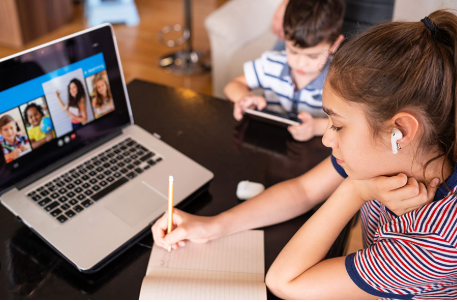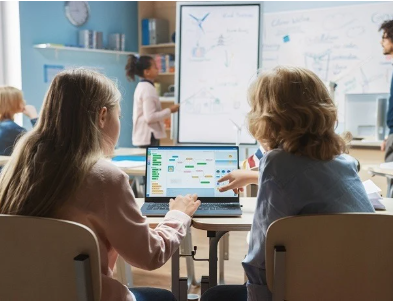In today’s technology-driven classrooms, educational technology (EdTech) plays a crucial role in engaging students and enhancing learning outcomes. While digital tools offer many benefits—from personalized instruction to interactive content—they also raise an important concern: screen time. Striking a healthy balance between digital learning and offline activities is essential to support student well-being and academic success.
Understanding Screen Time in the Classroom
Screen time refers to the total amount of time spent using devices such as tablets, laptops, or interactive whiteboards. In EdTech environments, screens are often integral to lesson delivery, assessments, and communication. However, overexposure to screens may contribute to eye strain, reduced physical activity, and diminished attention spans if not managed properly.
Strategies for Balanced Screen Use
1. Set Clear Usage Goals:
Design lessons with specific educational outcomes in mind and determine which activities truly benefit from digital tools. Not every task requires a screen. For example, reading a printed article or discussing in small groups can complement tech-based instruction.
2. Incorporate Screen-Free Breaks:
Breaks are essential for maintaining focus and reducing digital fatigue. Teachers can schedule short, non-screen breaks between activities—such as stretches, peer interactions, or quick games—to refresh student energy.
3. Blend Online and Offline Learning:
Use a hybrid approach that pairs digital learning with hands-on projects, journaling, or physical manipulatives. This encourages creativity, collaboration, and kinesthetic engagement without constant reliance on devices.
4. Monitor and Reflect on Screen Habits:
Both students and educators can benefit from tracking screen use during the school day. Reflection activities that prompt students to evaluate how they use their time can foster more intentional learning habits.
5. Promote Ergonomic Practices:
Encourage students to sit at proper angles, adjust screen brightness, and take eye breaks every 20 minutes. These small habits support physical comfort during device-based learning.
Involving Families in the Conversation
Extending screen time awareness beyond the classroom is key. Educators can share screen time guidelines with families, offering tips for home routines that include reading, outdoor play, and device-free meals. This promotes a consistent message and reinforces digital wellness.
The Role of Teachers and Schools
Schools should provide professional development that helps educators design tech-integrated lessons without overusing screens. Policy guidelines on device use during class can also help establish healthy digital norms across grade levels.
Conclusion
Balancing screen time in EdTech settings is not about eliminating digital tools but using them thoughtfully. By combining interactive technology with meaningful offline activities, educators can create a learning environment that supports both innovation and student health. With intentional planning and regular evaluation, screen time can become a constructive component of 21st-century learning.














